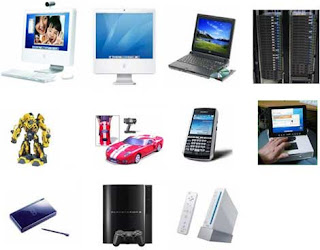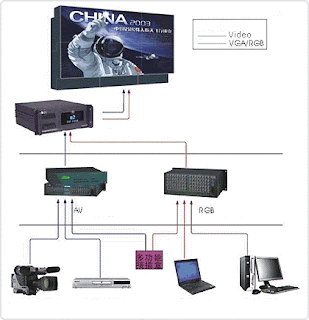
Computers were once looked upon as a unimportant piece of technology “I think there is a world market for maybe five computers” – Thomas Watson, Chairman of IBM, 1943, “There is no reason anyone would want a computer in their home” – Ken Olsen, President, Chairman and Founder of Digital Equipment Corporation, 1977, now inventors have been trying to perfect and improve the core operating functions of the computer. Computers that were initially built for calculation purposes has now led us into the twenty first century of portable laptops, handheld PDA’s, desk tops, robotics (self-cleaning vacuum, robot toys, etc), animated films, GPS Systems, world wide web, and so much more.
As our technology continues to advance rapidly, I wonder what inventions will created in the near and distant future? Will desktops become obsolete and replaced by another form of technology? Will newer advances in electronic technology replace the need for paper? One thing that frightens me a little is computer technology replacing the need for human interaction. For example, the use of cameras in traffic lights, radar equipment to detect speed without a police officer ever pulling you over, GPS devices to track you where ever whenever, machinery replacing labor in the construction fields, and so many other areas that have been taken over the by the computer. Will these advances in technology eventually control us and replace people in the work field? These are questions we need to ask ourselves as we move into the next century.















